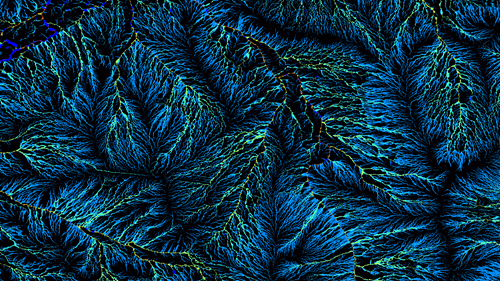Wandering trad (Tradescantia fluminensis) has become a significant environmental weed in parts of eastern Australia where it forms dense carpets on forest floors, smothering native vegetation and clogging waterways.
CSIRO senior research scientist Dr Louise Morin said weeds like wandering trad had a significant economic, environmental and social impact in Australia.
“Weeds are one of the biggest threats to Australia’s unique environment – in many areas across Australia they are damaging native vegetation, which threatens whole ecosystems including native wildlife,” Dr Morin said.
“Last year Australia spent almost $30 million protecting the natural environment from weeds. In the agriculture sector, weeds cost the industry more than $4.8 billion per year.”
“The fungus is spread through spores and needs the leaves of the wandering trad to survive – if there is no wandering trad to infect, the fungus dies,” Dr Morin said. “We know from decades of research in this field, that specialised fungi, like the leaf smut, have specific genes that enable them to successfully infect and cause disease only on single or a narrow range of plant species. “So we look at plants that are related to wandering trad including native plants to make sure the fungus will only infect the weed.” Wandering trad has infested native forests across eastern Australia, from eastern parts of NSW and south-east Queensland, to the Dandenong Ranges in Victoria where the biocontrol agent will first be released.
CSIRO field biologist Dr Ben Gooden, who is coordinating the rollout of the biocontrol program across Australia, said highly targeted and tested biocontrol agents like the fungus were a more environmentally sustainable option than other available tools.
“Scientifically tested biocontrol agents like this fungus provide a longer term, environmentally sustainable way of controlling weeds like wandering trad, without harming Australian plants or animals,” Dr Gooden said.
“Currently, the only tools available to the community and local councils against the weed are hand-pulling and chemical herbicides, which only bring short-term control and have the unintended consequence of killing native plants and disrupting complex rainforest ecosystems.”
Release of biocontrol agents are approved by the Australian Department of Agriculture and Water.

